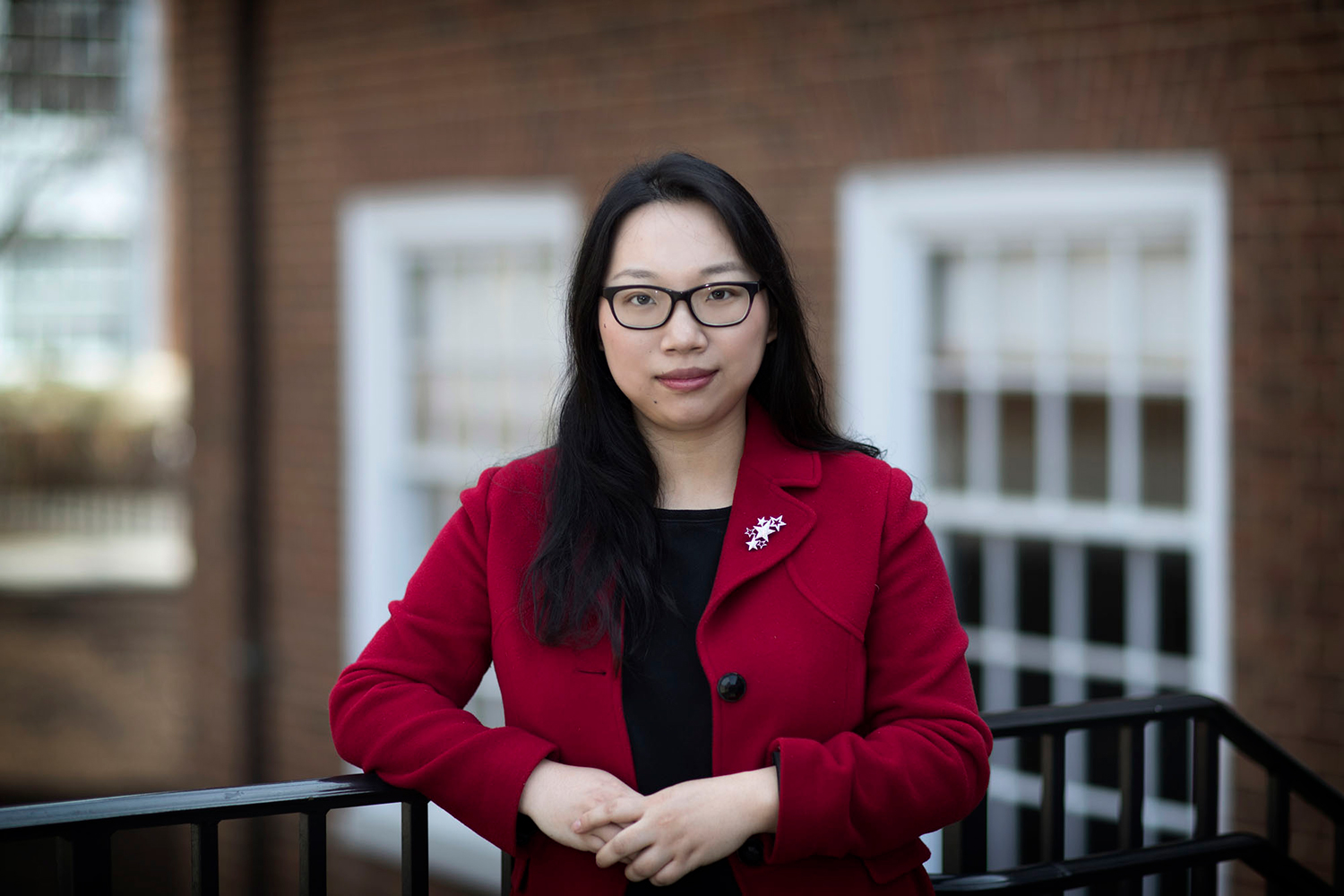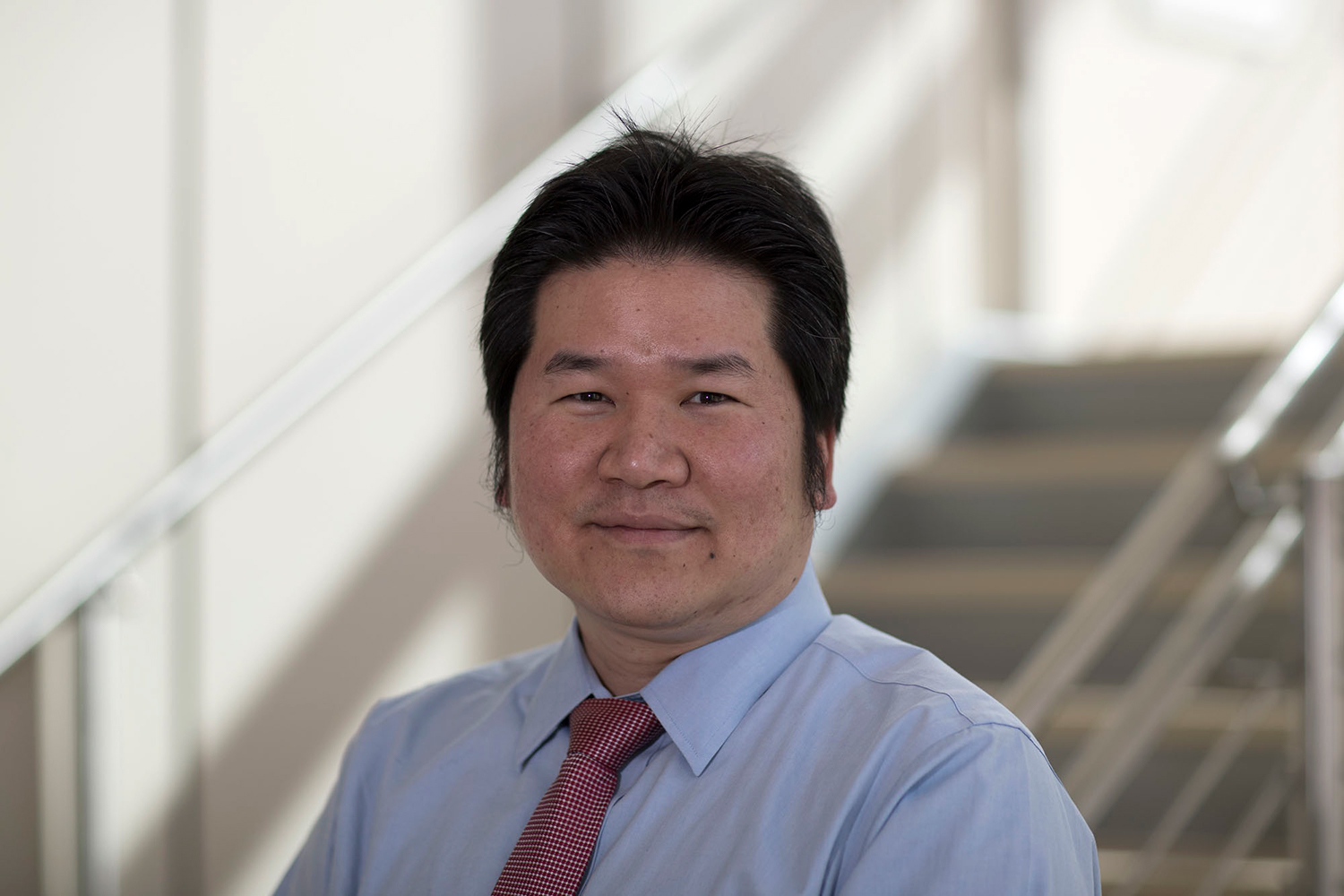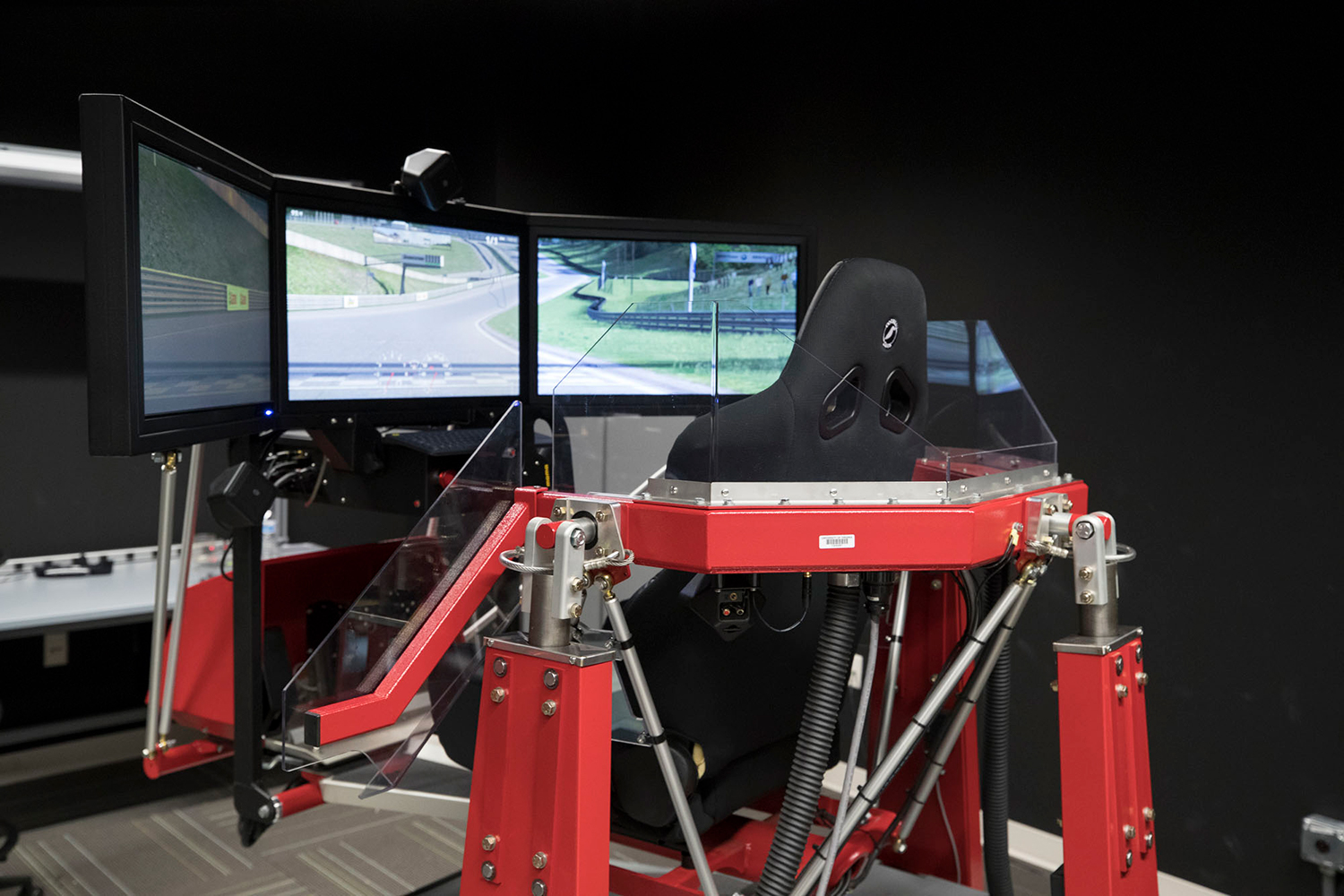Would you trust a car that does the driving for you? Do you trust the adaptive cruise control available in newer cars? What about the traction control feature? Would you trust a car to brake for you in an emergency?
Passengers’ trust of these features is based on many factors, most particularly their experiences with elements that can transfer a certain amount of the driving to the car. But few people have any experience with autonomous cars, and so will need to see – and eventually experience – how these self-driving vehicles work, with proof that they will operate safely. It takes a lot of trust to relinquish control and leave the driving to the car.
Two University of Virginia researchers in the School of Engineering and Applied Science have teamed up to begin understanding how people gain trust in autonomous and semi-autonomous vehicles, and how to build trust factors into the design of those vehicles. Lu Feng is a computer scientist working on computer systems for autonomous cars that would benefit riders. And Inki Kim is a human factors engineer who specializes in understanding how humans and technologies interact.

Computer scientist Lu Feng said that if designers can’t win people’s trust, they won’t sell many autonomous cars.
The two researchers, still early in their investigations, are using driving simulators and sensors to test the physiological responses of people who are in simulated autonomous vehicles on road-like circumstances. Eventually Feng and Kim plan to conduct similar tests using an actual autonomous vehicle.
“Human factors engineering is human-centered design,” Kim said. “Instead of forcing people to adapt to the design of an engineered system, we are focused on engineering systems that are adapted to the needs of the human. In this case, we’re working to understand what factors influence trust in autonomous systems, the intersection of human and vehicle interaction.”
To build trust in autonomous vehicles, Feng and Kim said, there must be interaction between the system and the people who are riding in such a vehicle. The vehicle must provide to the passengers indications of situational awareness and “intent” – that the vehicle “knows,” in a sense, what it is doing – and then follow through in an orderly, rational way. For example, the car could demonstrate in some manner – a tone, a voice warning, maybe a seat vibration – that it “sees” a bicyclist or pedestrian ahead, and therefore is moving over in the lane. But it also must not overload its passengers with too much information or unneeded communications.

Inki Kim, a human factors engineer, said the cars must somehow signal to their human passengers that they are aware of situations, and how they will react to them.
The vehicle must behave similarly to how a human driver would behave in the same situation. That builds trust. Likewise, the vehicle must be responsive to the human rider’s actions and intents, such as when the human wants to take over as the driver. That also builds trust.
Feng and Kim will use sensors on human participants to detect brain signals, eye movement, heart rate and perspiration, as well as collect questionnaire data, to see how people respond to different scenarios while actively driving a simulator, while being driven around in autonomous mode, and while actually driving a car on the highway, and eventually while riding in an autonomous vehicle.
They want to compare responses in experiments as people shift between actively driving a car and passively being driven in a car, and also under changing external circumstances, such as when weather conditions change – from rain to ice, for example. Trust levels change over time as conditions change, the researchers said. Data from such tests will help inform the design of autonomous systems for a wide range of scenarios, so the cars can respond very similarly to how human drivers would when driving safely.
“We know that early adopters of new technologies accept the changes to technologies better than people who are later adopters,” Feng said. “But as technologies emerge and become more commonly and widely used, even later adopters often come to trust and accept the technologies as the technologies prove trustworthy. Building experience with a system is important to developing trust. We are interested in how trust factors can be built into the design, safety being the biggest issue – or people will under-trust, and just won’t buy autonomous cars.”
Feng and Kim work together in the UVA Engineering School’s Link Lab, a new $4.8 million, 17,000-square-foot facility that brings together researchers from five departments to collaborate on a range of big-issue, multidisciplinary engineering problems and challenges.
Media Contact
Article Information
April 17, 2018
/content/how-much-would-you-trust-autonomous-vehicle

